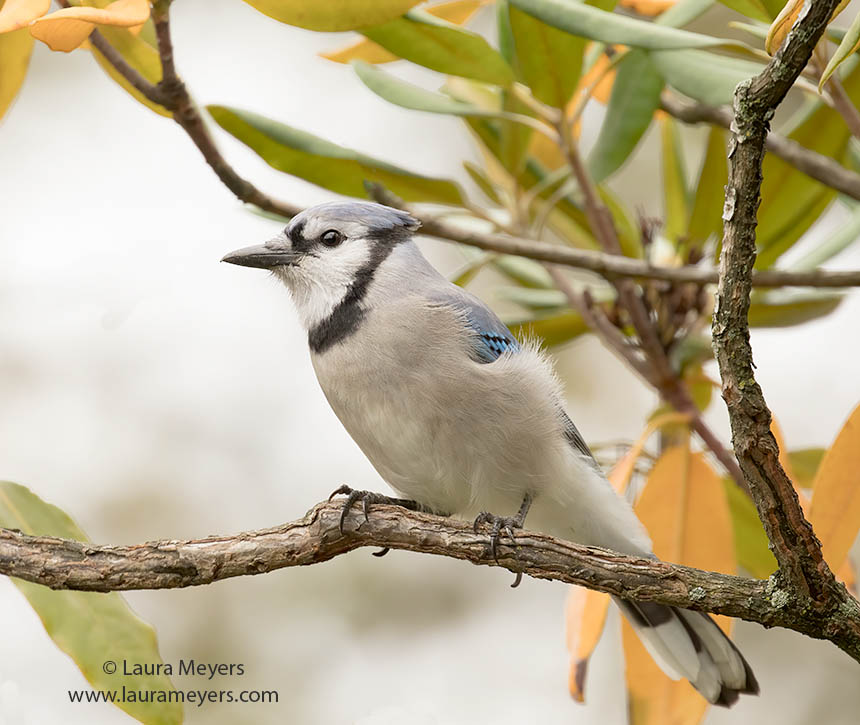
The photograph of this Blue Jay in a Tree was photographed at Green-wood Cemetery in Brooklyn New York. The black bridle across the face, nape, and throat varies extensively and may help Blue Jays recognize one another.

The photograph of this Blue Jay in a Tree was photographed at Green-wood Cemetery in Brooklyn New York. The black bridle across the face, nape, and throat varies extensively and may help Blue Jays recognize one another.
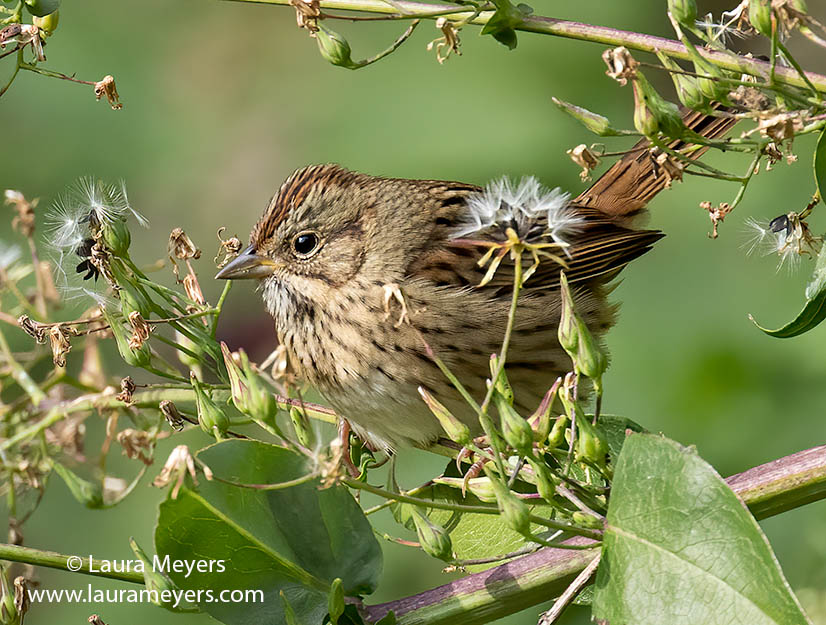
The photograph of this pretty Lincoln’s Sparrow on Thistle was photographed at Green-wood Cemetery in Brooklyn New York.
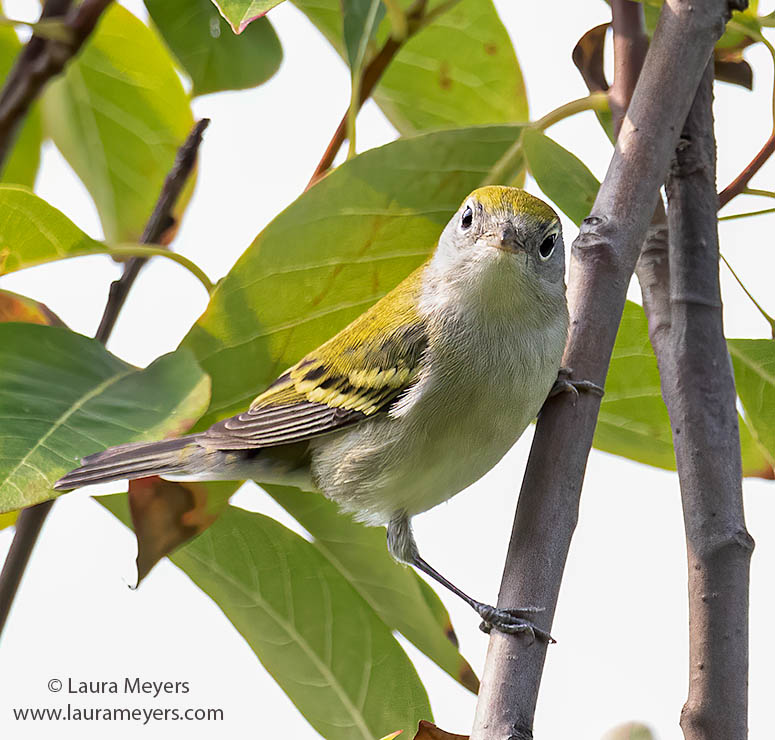
The picture of this Chestnut-sided Warbler Fall was photographed at Green-wood Cemetery in Brooklyn, New York. The Chestnut-sided Warbler sings two basic songs: one is accented at the end (the pleased-to-meetcha song), and the other is not.
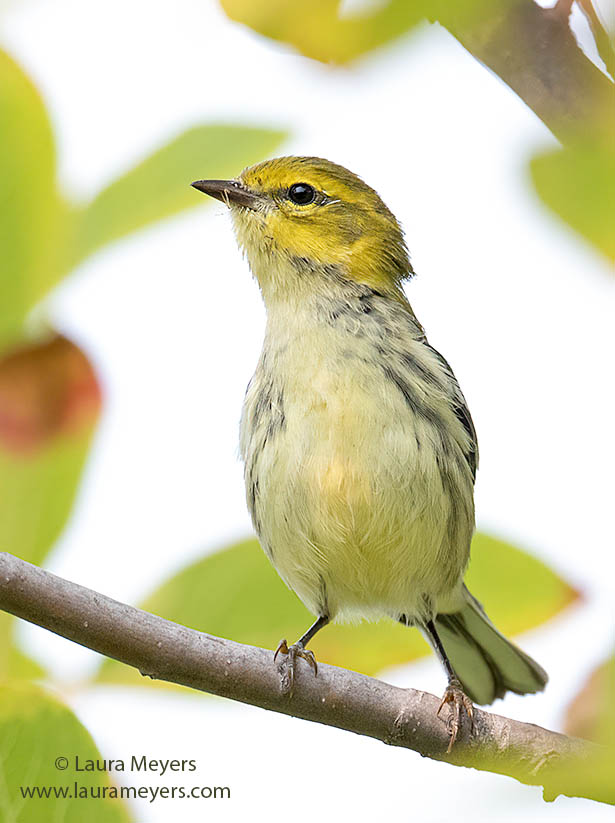
The picture of this Black-throated Green Warbler during fall migration was photographed at Green-wood Cemetery in Brooklyn, New York. Many bird watchers know its distinctive and persistent song, sometimes transcribed as trees trees I love trees, that’s easy to remember.

The picture of this Magnolia Warbler was photographed at Green-wood Cemetery in Brooklyn New York.
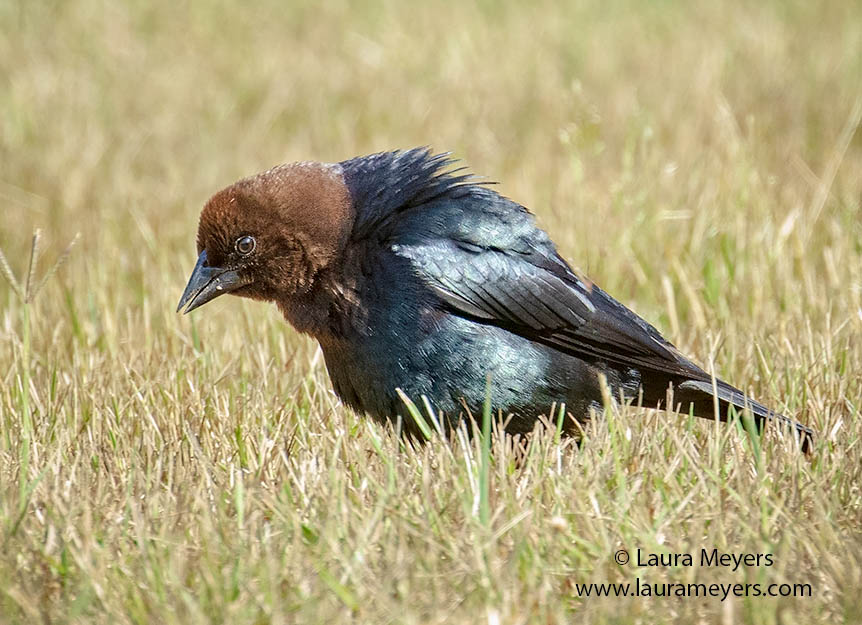
The picture of this Brown-headed Cowbird in the grass was photographed at Green-wood Cemetery in Brooklyn, New York. Brown-headed Cowbirds feed mostly on seeds from grasses and weeds, with some crop grains. Insects such as grasshoppers and beetles, often caught as cows and horses stir them into movement, make up about a quarter of a cowbird’s diet.
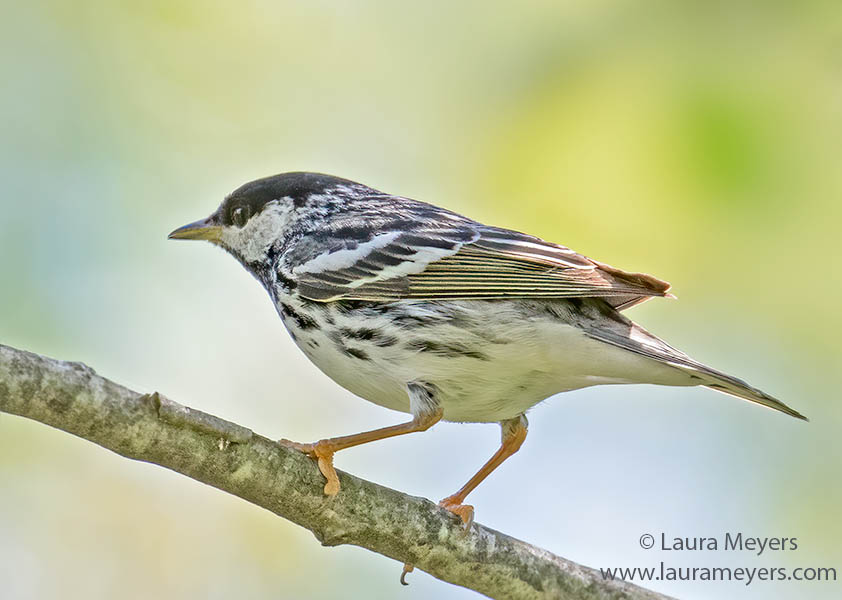
The picture of this Male Blackpoll Warbler in breeding plumage was photographed at the Jamaica Bay Wildlife Refuge in Queens New York. These birds breed so far north that the best times for most people to see them are in spring and fall, as they migrate through North America.
The picture of the American Black Duck in Flight was photographed at the Forsythe National Wildlife Refuge in New Jersey. Look for American Black Ducks in both fresh and saltwater in eastern North America, where they will look like female Mallards except with an olive-yellow bill and overall darker, higher-contrast plumage.
Click on arrow above to hear the sounds of the American Black Duck
The picture of this Snow Goose in Flight was taken at Forsythe National Wildlife Refuge in New Jersey. If the geese are around, they’ll be hard to miss: a cacophony of honks accompanying a huge flock either on the ground or in the air.
The picture of this Brant Foraging was taken at the Jamaica Bay Wildlife Refuge in Queens New York. An abundant small goose of the ocean shores, the Brant breeds in the high Arctic tundra and winters along both coasts.
The picture of these two Black Scoters was taken at Jones Beach State Park at the Coast Guard Station in New York. The Black Scoter is among the most vocal of waterfowl.
The picture of this Common Eider was photographed in Jones Beach State Park at the Coast Guard Station in New York. The Common Eider is the largest duck on North America.
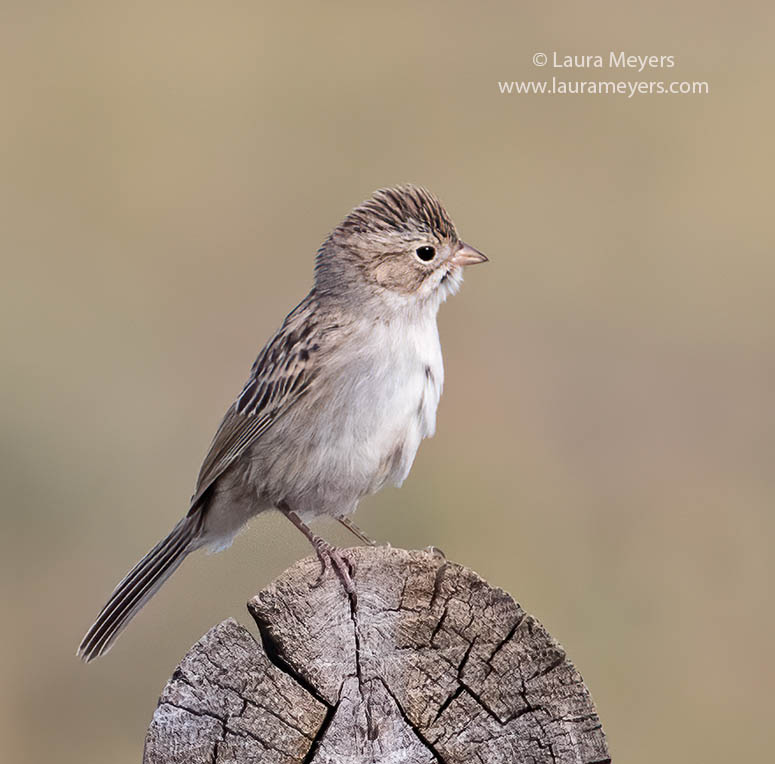
The picture of this Brewer’s Sparrow on a log was photographed at the Hutton Lake National Wildlife Refuge in Laramie Wyoming. Brewer’s Sparrows are the most abundant bird across the vast sagebrush steppe, and their long, trilling songs are a signature sound of the landscape.

The picture of this Black-crowned Night-heron in Flight was taken at the Bitter Lake National Wildlife Refuge in Roswell, New Mexico.
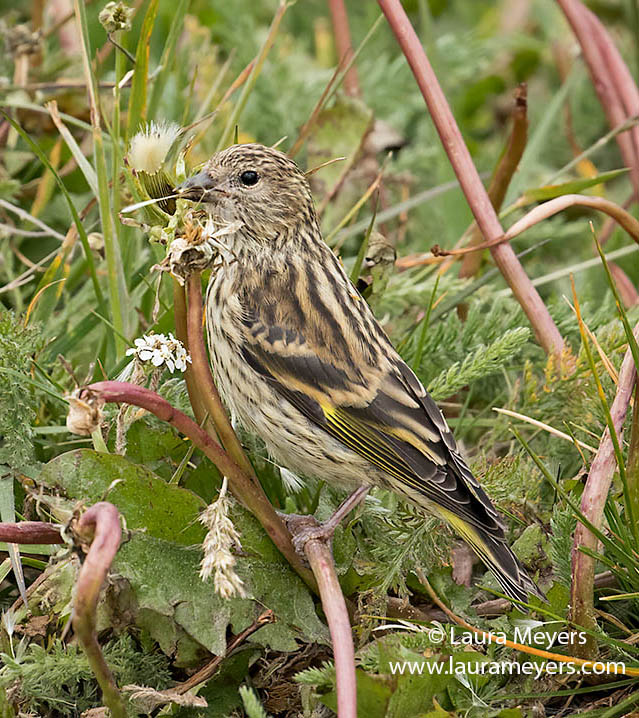
The picture of the Pine Siskin Foraging was photographed in Laramie Wyoming. Pine Siskins can temporarily store seeds totaling as much as 10% of their body mass in a part of their esophagus called the crop.